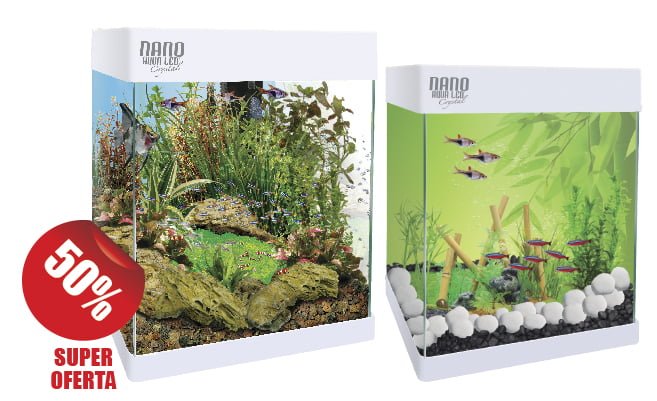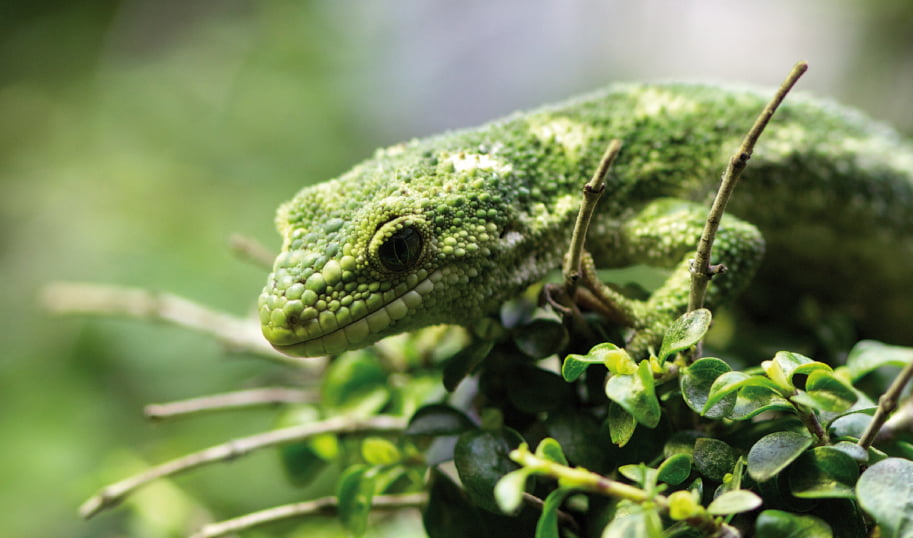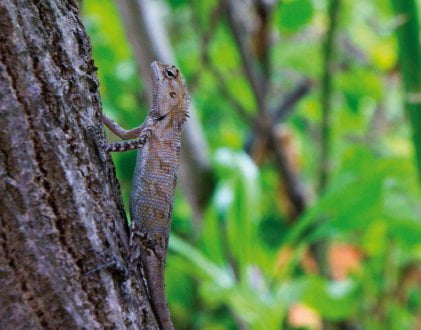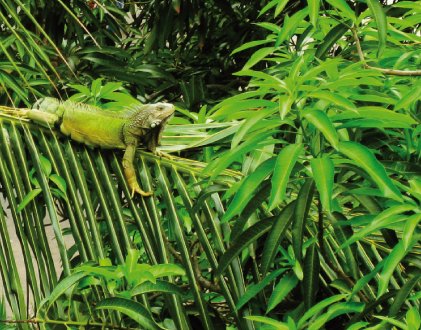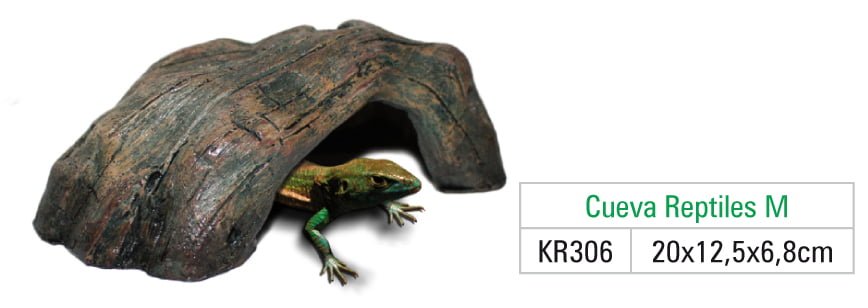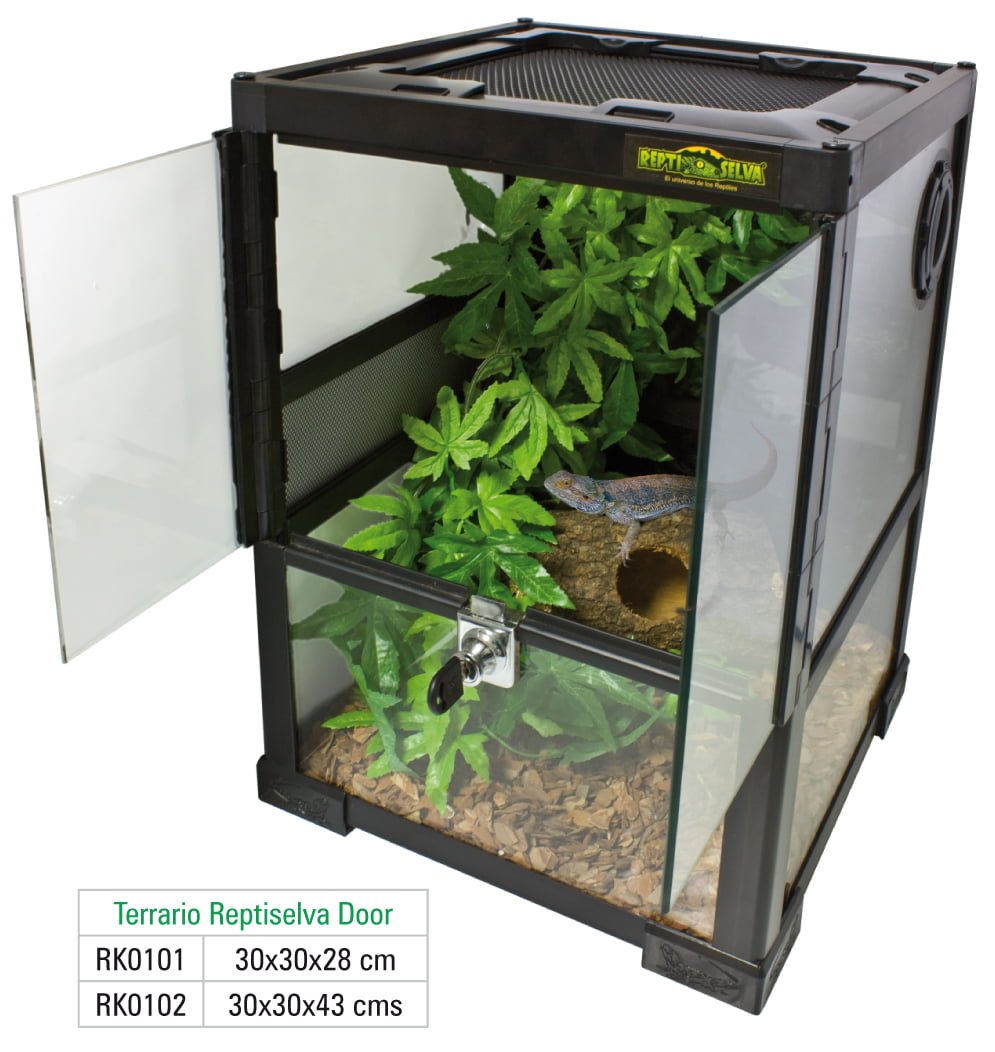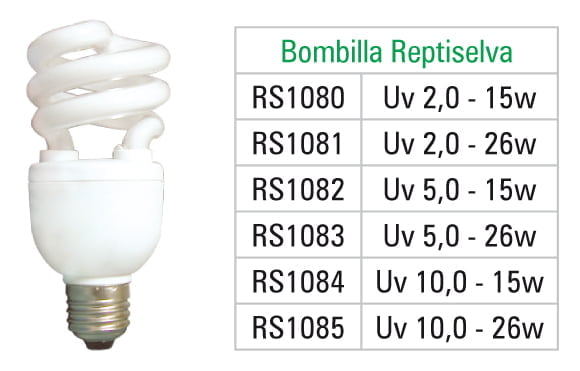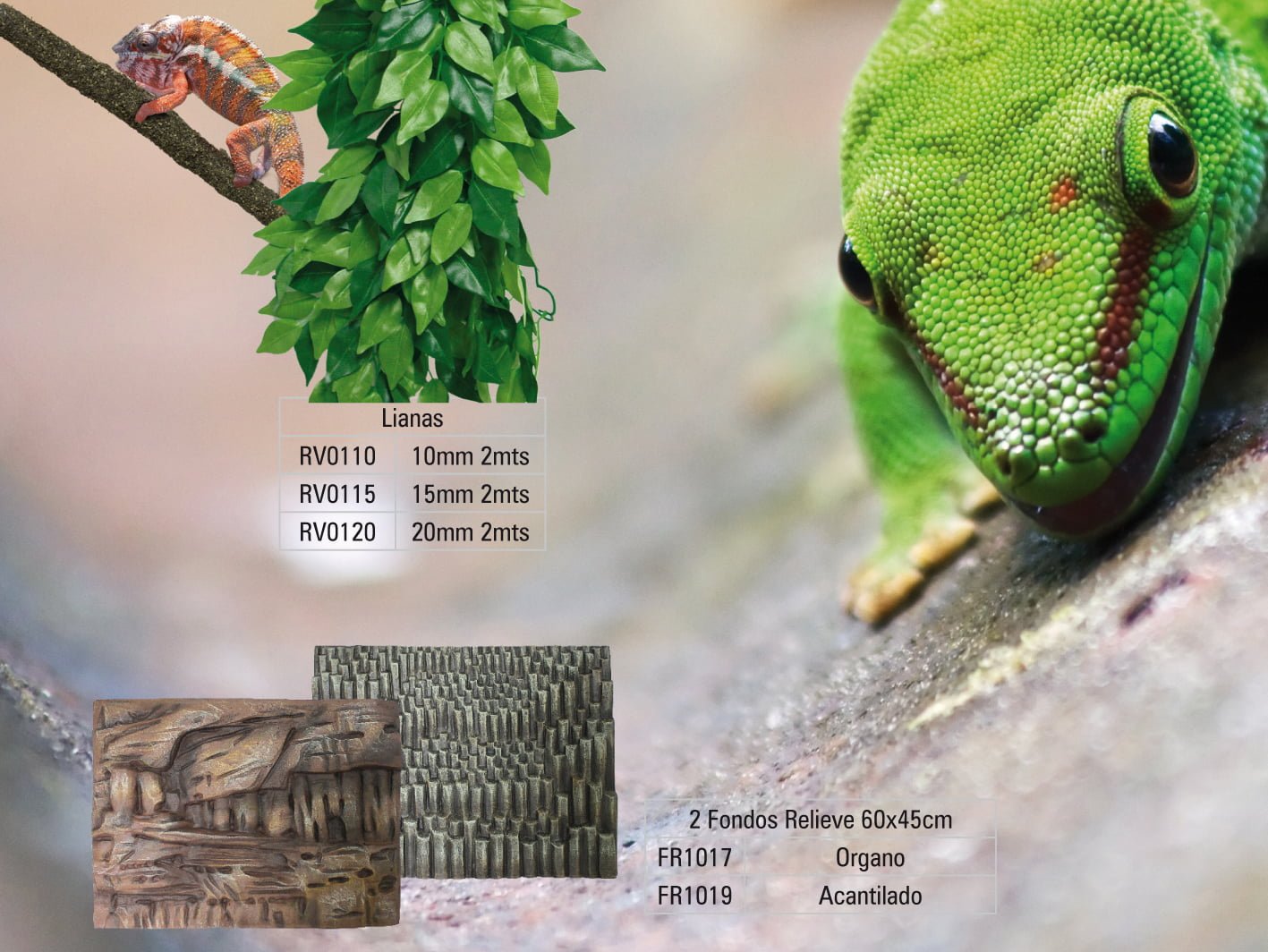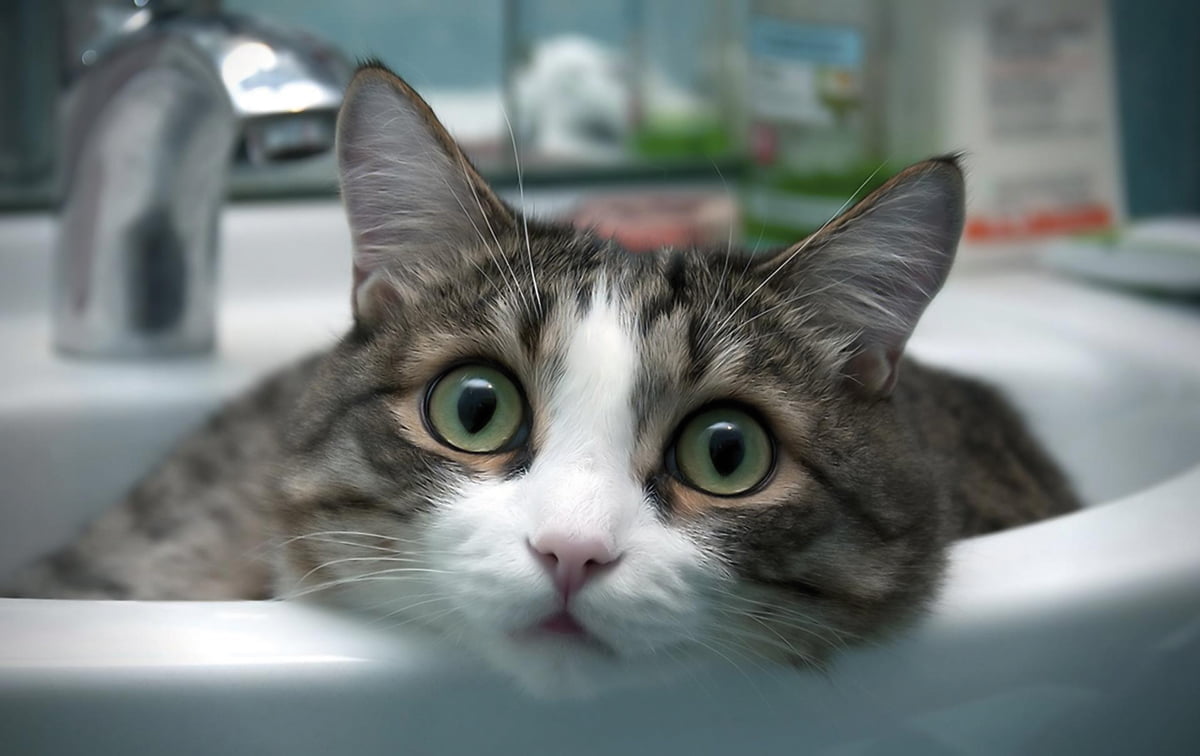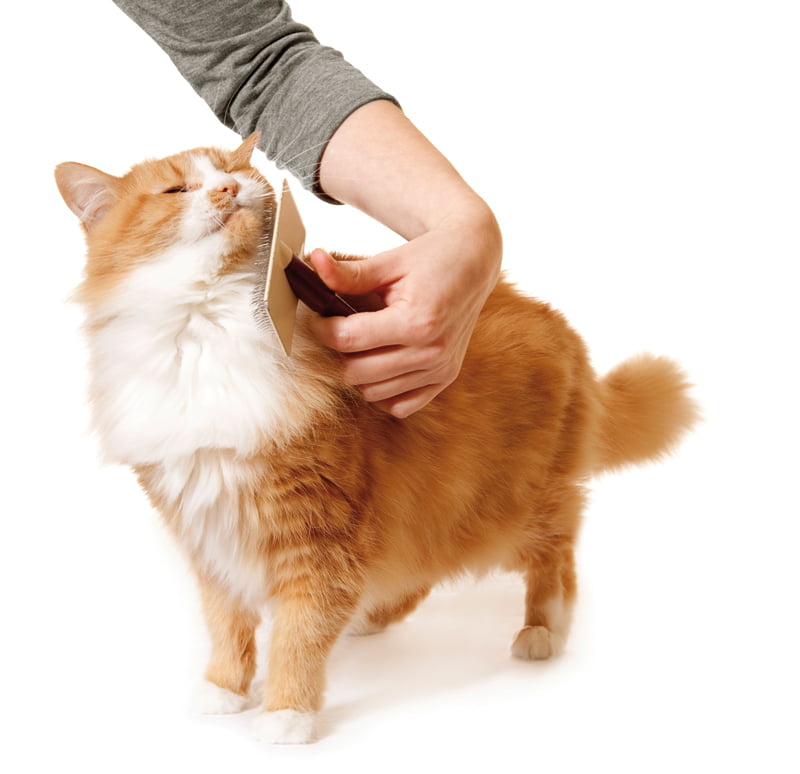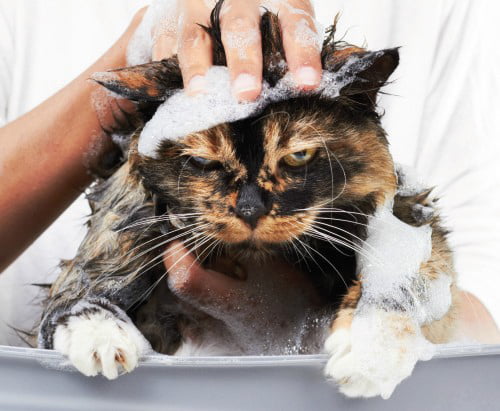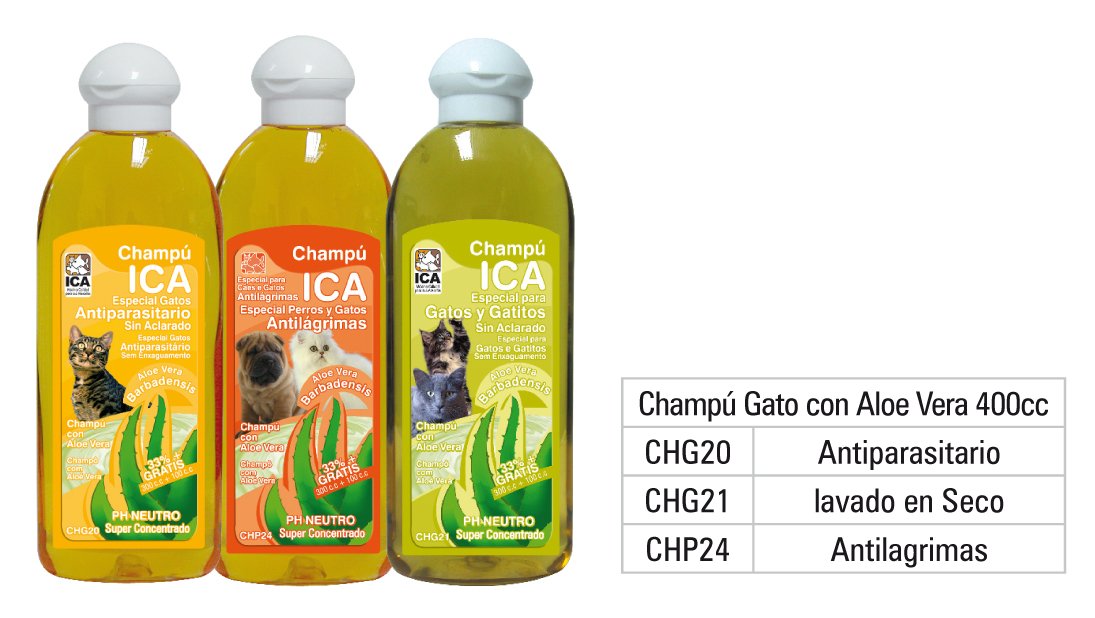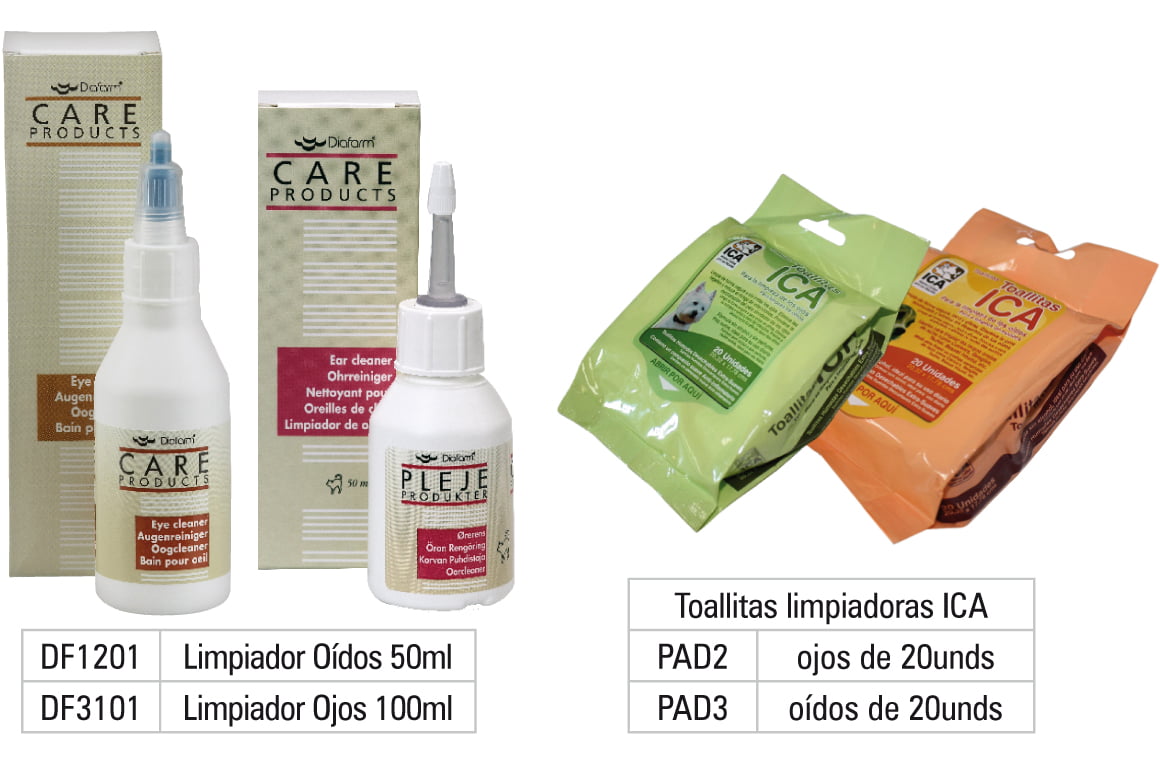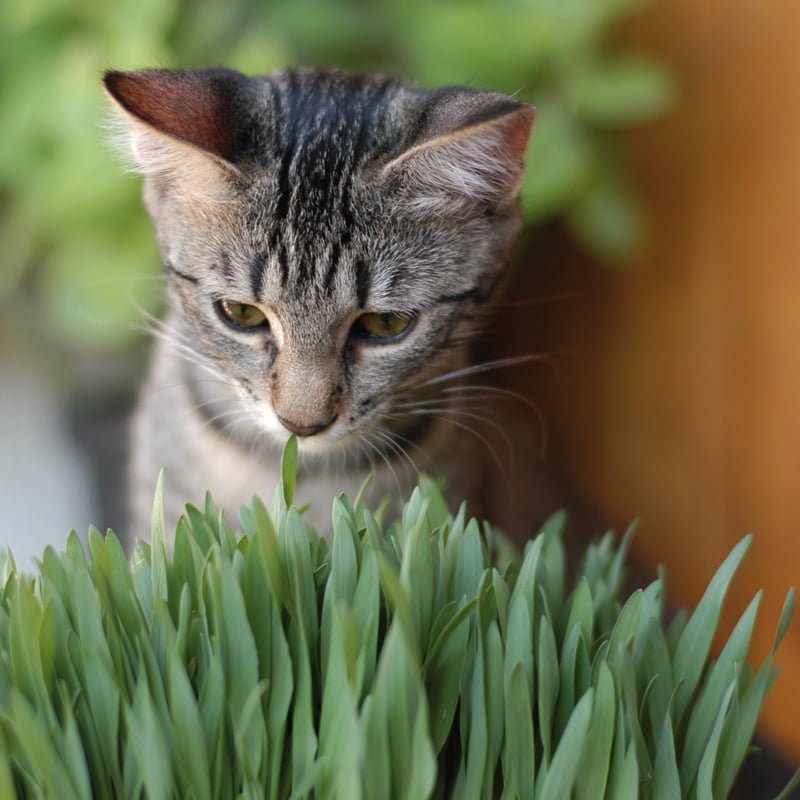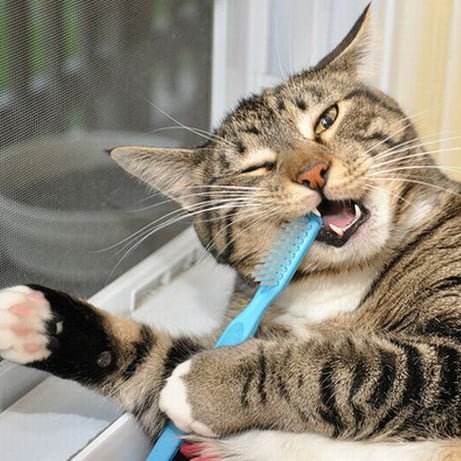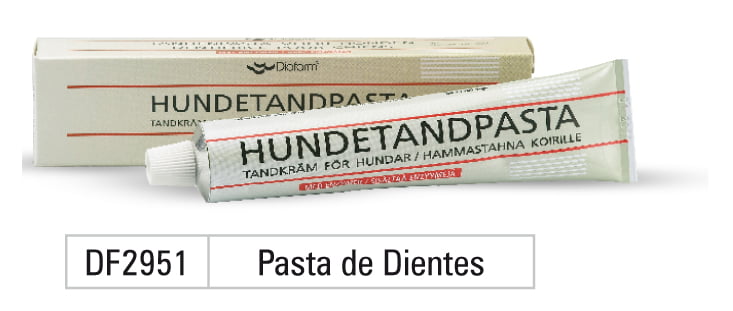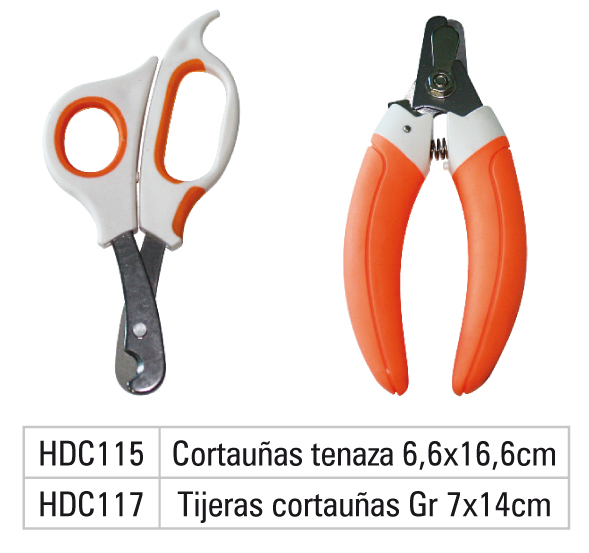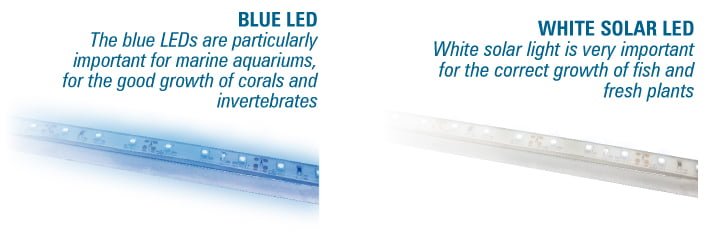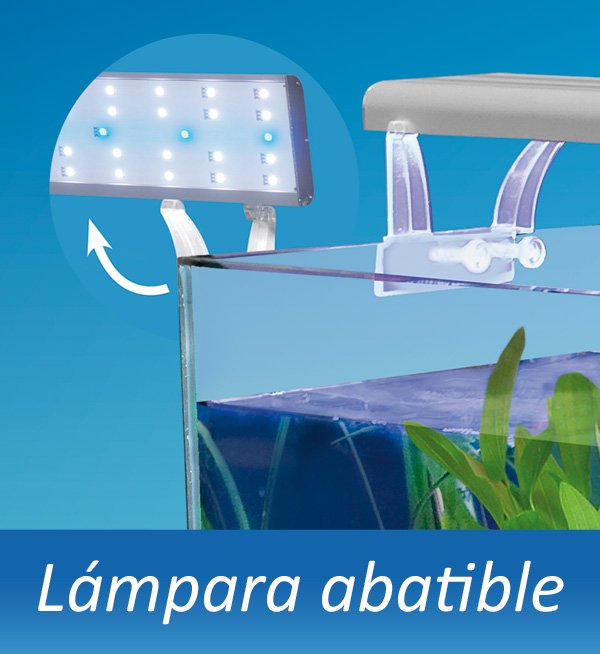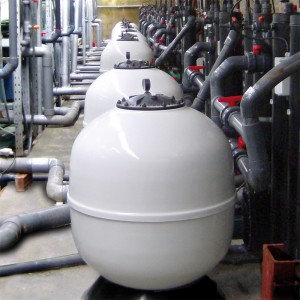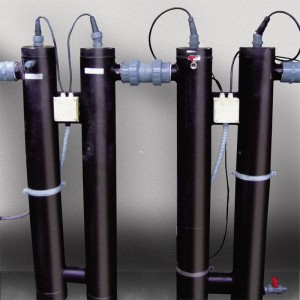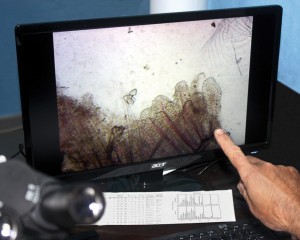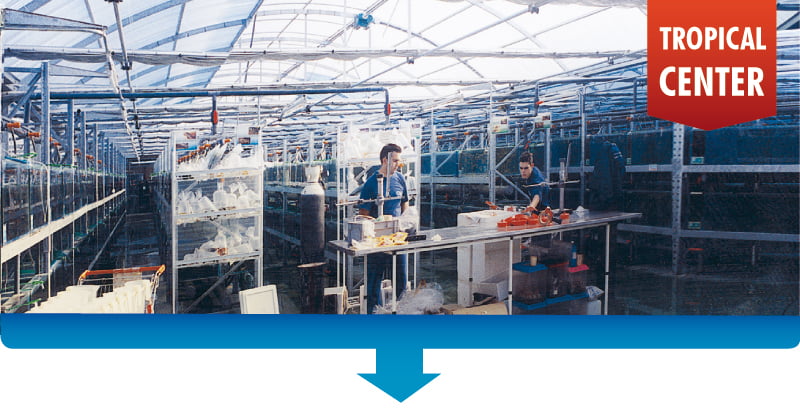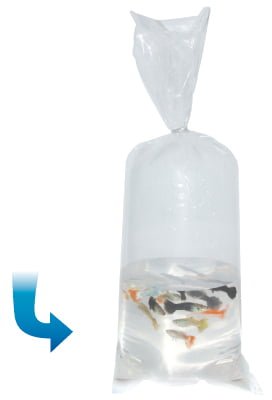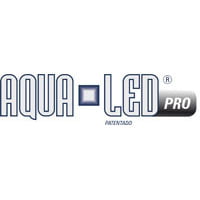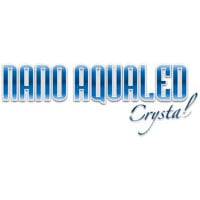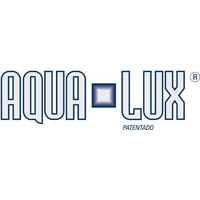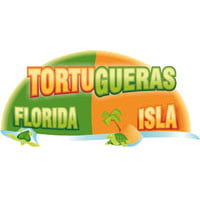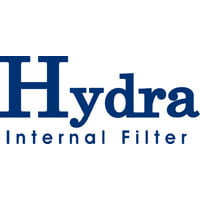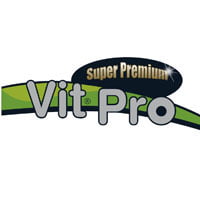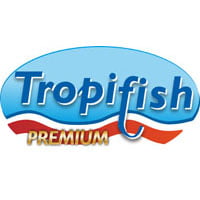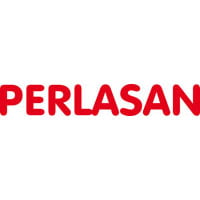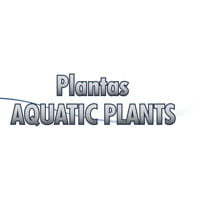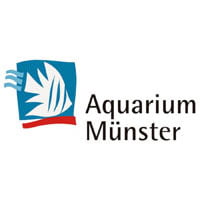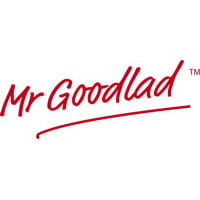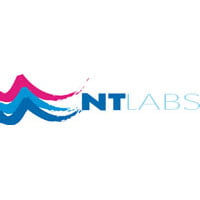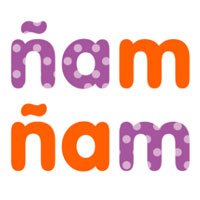Article
Nano Aquariums
The art of miniature aquatic landscaping
The tendency of fresh and salt water fishkeeping is to reduce the size of aquariums, due to their lower cost, easier maintenance, less space required for their location and partly thanks to the new technical advances that allow for space to be smaller without jeopardising performance, as in the case of much thinner LED lights.Aquatic landscaping or “aquascaping”
This is the art of placing plants, rocks, stones, gravel and other decorative items in an attractive way inside the aquarium. Among the different styles of decoration, the Nature style is increasingly popular due to the beauty of its landscapes. Introduced in Japan by the aquarist Takashi Amano, this style tries to reproduce natural landscapes in miniature, simulating trees or mountains and achieving wonderfully spectacular results.Flora and fauna of nano aquariums
Nano aquariums are generally inhabited by shrimp. The reason for this is that they will keep the aquarium clean, eliminating remains of dead plants and any fine algae generated. The most famous shrimp are the Crystal Red (Caridina cf. Cantonensis) due to their red and white colour, which stand out very well against dark substrates. These shrimp are a genetic mutation of the black Bumblebee Shrimp (Caridina cf. Breviata). There are, however, many other types of shrimp, such as the Cherry Shrimp (Neocaridina heteropoda), the Tiger Shrimp (Caridina cf. Cantonensis Tiger) or the Amano Shrimp (Caridina japonica), which have a less attractive colour but are great algae eaters. Keeping shrimp is relatively simple. They need very stable water parameters and no harmful nitrogenated compounds (ammonia and nitrites), with an acidic pH (between 6.2 and 6.9) and an ideal temperature of between 22 and 24ºC. It is worth noting that shrimp are particularly sensitive to heavy metals (copper and iron) and low concentrations will cause imminent death. They basically feed off remains of plants and algae, but must be supplemented with special food for shrimp and crustaceans that contains an extra dose of calcium to assist them during exoskeleton shedding.It is also possible to include some fish in this type of aquarium, although they must be small, compatible with shrimp and very calm. Neons (Paracheirodon innesi), Cardenals (Paracheirodon Axelrodi), Celestial Pearl Danios (Danio margaritatus) or Endler’s Guppies (Poecilia wingei) are good options. It is also possible to include some snails and non-aggressive crabs.The plants often used are assorted moss such as Java Moss (Vesicularia dubyana), Christmas Moss (Vesicularia montagnei) or Flame Moss (Taxiphyllum sp.). The moss can be tied to trunks with yard to simulate miniature tree leaves, like small aquatic bonsais. Moss care is very simple. It needs a temperature of between 18º and 30ºC, neutral or acidic water, effective filtration with a moderate current and, despite not needing particularly intense light, good lighting will encourage its growth, enabling you to trim the moss whenever you like to achieve surprising decorations.The Temperamatic Pro Mini thermo-heater
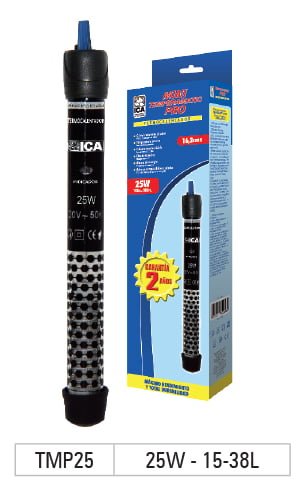 This 25W thermo-heater is ideal for Nano aquariums thanks to its small size (15.2cm in length), easy temperature setting, precision and reliability. The thermo-heater must be fitted in a place with a good water current for balanced results.
This 25W thermo-heater is ideal for Nano aquariums thanks to its small size (15.2cm in length), easy temperature setting, precision and reliability. The thermo-heater must be fitted in a place with a good water current for balanced results. The AQUA GRO substrate
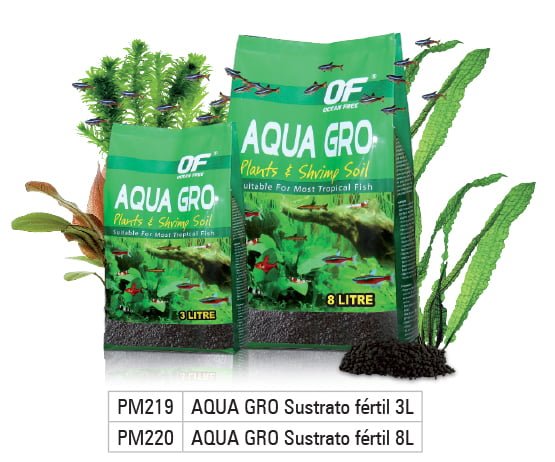 This is the ideal substrate for Nano aquariums, as it promotes plant growth and will automatically give the water a slightly acidic pH (around 6.5) that is ideal for fish such as cardenals, neons, rasboras and shrimp. The Aqua Gro substrate eliminates all carbonates and bicarbonates from the water, which means that the carbonic anhydride that fish expel when their breathe remains dissolved in the water and can be used by plants. This is why plants flourish in aquariums using Aqua Gro as their substrate. An additional advantage is that it reduces the pH of the water to a value below 7.0. This means that all of the toxic ammonia NH3 is converted into the ammonium ion (NH4+), which is liquid and non-toxic. Therefore, shrimp, cardinals, neons, discus and, in general, most fish feel much better in aquarium water of the characteristics produced by Aqua Gro substrates. Its grains are of the ideal size and do not float, making the water crystal-clear. They are dark brown in colour, which is ideal for creating natural landscapes against which shrimp and moss will stand out.
This is the ideal substrate for Nano aquariums, as it promotes plant growth and will automatically give the water a slightly acidic pH (around 6.5) that is ideal for fish such as cardenals, neons, rasboras and shrimp. The Aqua Gro substrate eliminates all carbonates and bicarbonates from the water, which means that the carbonic anhydride that fish expel when their breathe remains dissolved in the water and can be used by plants. This is why plants flourish in aquariums using Aqua Gro as their substrate. An additional advantage is that it reduces the pH of the water to a value below 7.0. This means that all of the toxic ammonia NH3 is converted into the ammonium ion (NH4+), which is liquid and non-toxic. Therefore, shrimp, cardinals, neons, discus and, in general, most fish feel much better in aquarium water of the characteristics produced by Aqua Gro substrates. Its grains are of the ideal size and do not float, making the water crystal-clear. They are dark brown in colour, which is ideal for creating natural landscapes against which shrimp and moss will stand out. Nano Gran
Special food for crystal shrimp. Especially formulated with added calcium for correct shedding and generation of the new exoskeleton. This is a complete diet that contains all of the necessary nutrients to keep your shrimp healthy.
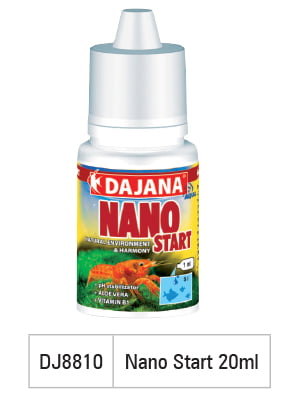
Nano Start
This is a special conditioner for Nano Aquariums. It reduces chlorine, controls heavy metals, protects and promotes the regeneration of body mucus. It is also beneficial for the digestive system and is anti-inflammatory. It contains Aloe Vera and Vitamin B1.